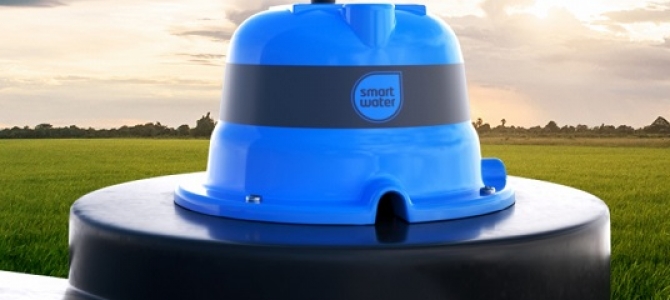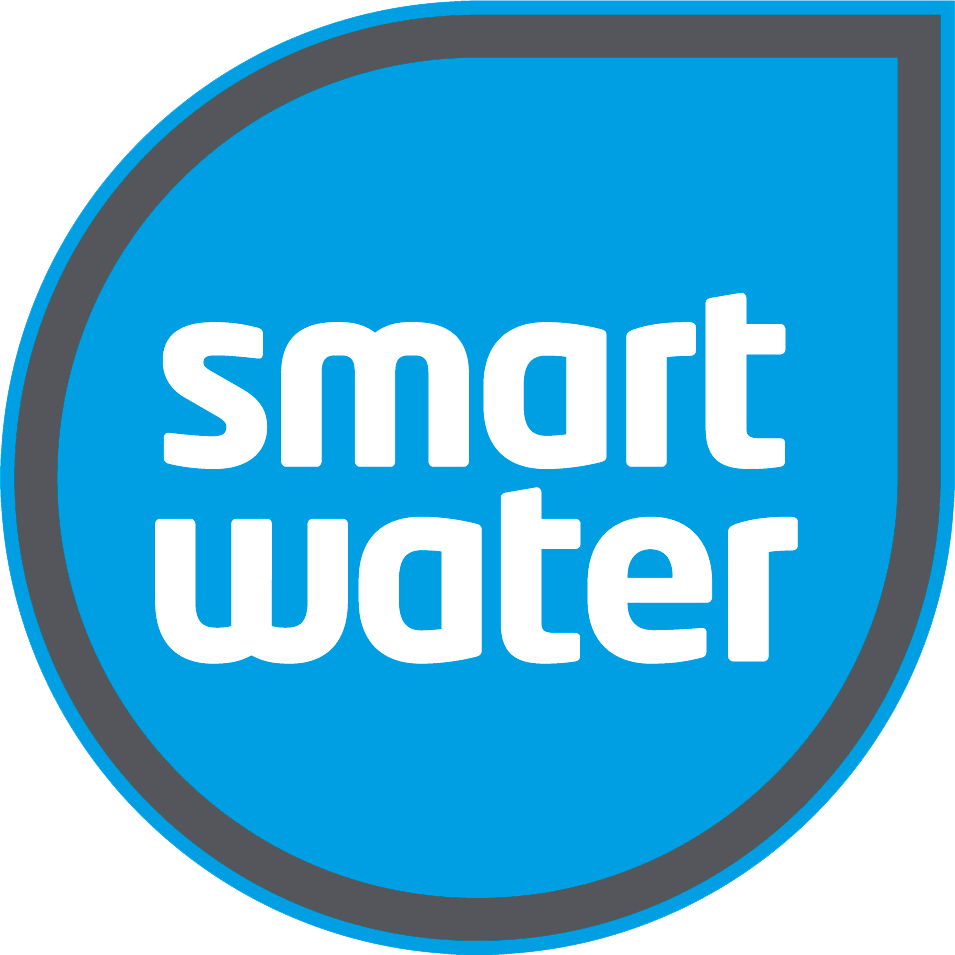 Shopping Cart
Shopping Cart
15 March 2024
How to Improve Water Usage Efficiency With Smart Water Tank Level Indicators

Water conservation is more than just a catchphrase; it's a critical issue that affects us all. As the world's population continues to rise, so does the demand for this precious resource. At Smart Water, we are consistently working towards solutions that not only meet this demand but do so in an environmentally conscious manner.
In this blog, we will delve into how you can significantly improve water usage efficiency with the use of Smart Water Tank Level Indicators. These innovative devices are designed to provide real-time data on water levels, ensuring effective management of water resources. Whether you're a homeowner, a farmer, or running a commercial business, these indicators can play a pivotal role in managing your water consumption more effectively and sustainably.
Benefits of Water Tank Level Indicators
Smart Water Tank Level Indicators offer numerous benefits, transforming the way you manage your water resources.
- Efficient Water Usage: These devices provide you with accurate data on your water levels. These insights allow you to adjust your water usage accordingly, preventing wastage and promoting conservation.
- Reduced Costs: By enabling effective management of water consumption, these indicators can lead to substantial cost savings. Lower water usage means lower water bills, making it an economically wise investment.
- Convenience and Ease: The real-time data provided by these indicators is easily accessible on your smartphone or computer. This means you can monitor and manage your water levels from anywhere, at any time.
- Prevent Water Shortages: By keeping a close eye on your water levels, you can prevent situations of water shortage. Being forewarned is forearmed, and early detection of low water levels can prevent potential crises.
- Environmentally Friendly: Reducing water wastage is not just good for your pocket, it’s good for the planet too. By conserving more water, you’re contributing to a more sustainable and responsible use of our natural resources.
By incorporating a Smart Water Tank Level Indicator into your water management strategy, you're taking a significant step towards more efficient and responsible water usage.
How Tank Level Indicators Help Monitor and Control Your Water Usage
At Smart Water, our range of water tank level sensors are highly engineered, precision instruments and form the core sensing element of the system. The engineering investment made in this part of the system offers our customers the reward of second-to-none accuracy and reliability. The research and development team at Smart Water have spent years perfecting this sensor and can now offer the market the ultimate solution for water tank monitoring.
The water level sensor is attached to the tank sender and dropped to the bottom of your tank. As the water level rises or drops, the sensor is able to send highly accurate data back to the tank sender which is then relayed to your mobile app or LCD display. With all of this technology combined we achieve an accuracy of +/-0.1% on an ongoing and reliable basis.
Currently, there are four different water tank level sensors to choose from at lengths of 4M and 10M. There are options for both standard pressure (0.5bar/50kPa) and high-pressure (1.0bar/100kPa) models. This gives the flexibility of measuring deeper tanks or even different types of fluids with different specific gravities (SG).
What Kind of Installation is Necessary for Smart Water Tank Level Indicators
Installing a Smart Water Tank Level Indicator is a straightforward process that doesn't require extensive technical expertise. We have a series of videos that will talk you through every stage of the installation process, ensuring anyone can set up their Tank Level Indicator successfully.
From setting up the tank sender and antenna to connecting the LCD desktop or wall-mounted display, we've got you covered every step of the way.
Connecting your tank sender to your LCD display couldn't be simpler, with step-by-step instructions displayed on your LCD screen. Once you have everything connected, you can also connect your mobile device to your water tank level indicator so you can monitor your water usage from wherever you are in the world, at any time.
Fitting the sensor and tank sender to your water tank is also a straightforward task with the minimum tools required. It is important to follow the instructions in the videos to ensure your tank sensor provides you with the most accurate data.
You can find out more about the installation of Smart Water Tank Level Indicators on our videos page. You can also learn more about how water level sensors work in one of our earlier posts.
Different Types of Water Tanks and Their Capacity Levels
Water tanks are available in various types, each with distinct capacities to cater to different water storage needs.
Polyethylene Tanks: These are the most common type of water tanks used in residential settings. They are lightweight, durable, and resistant to impact. Their capacities range from small 100-litre tanks, suitable for minimal water storage needs, to large 50,000-litre tanks that can accommodate substantial water requirements.
Steel Tanks: Steel tanks are known for their strength and durability. They are ideal for industrial use or areas prone to harsh weather conditions. Capacities can reach up to 200,000 litres, making them suitable for large-scale water storage.
Fibreglass Tanks: Fibreglass tanks are resistant to corrosion and UV damage, offering a long-lasting solution for water storage. They are available in capacities from 500 litres to 300,000 litres.
Concrete Tanks: For households or industries with extremely high water needs, concrete tanks are a reliable choice. These tanks can hold from 1,000 to 500,000 litres of water. They maintain a constant water temperature, making them ideal for regions with wide temperature variances.
Remember, the capacity of the water tank should align with your specific water usage requirements. Consider factors such as the number of water users, the purpose of water usage, and the reliability of your water supply when choosing the appropriate tank type and capacity.
Learn more about the different types of water tanks in an older post.
Cost Benefits of Smart Water Tank Level Indicators vs Traditional Systems
Instead of traditional water level indicators that often require manual checking and are prone to errors, smart water tank level indicators provide real-time, accurate measurements of the water level in your tank. Utilising advanced sensor technology, these smart devices deliver data directly to your smartphone or LCD display, allowing you to monitor your water usage conveniently and effectively.
Besides the convenience factor, opting for a smart water tank level indicator can lead to substantial cost savings in the long run. It can prevent overflows and leaks, which not only waste water but also lead to higher water bills. By having a better handle on your water usage, you're also able to manage your water consumption more efficiently, potentially saving on your monthly bills.
Further, in areas where water supply can be irregular or scarce, having a smart water level indicator allows you to plan your water usage wisely, ensuring you don't run out when you need it the most. This capability can save you the potentially high costs associated with emergency water delivery services.
Overall, while the initial cost of smart water tank level indicators might be higher than traditional systems, the long-term benefits and savings they provide make them a worthwhile investment.
How You Can Maximise Efficiency With Smart Water Tank Level Indicators
Smart water tank level indicators can be used more efficiently with a few strategies. Firstly, regular maintenance of the device ensures its accuracy and prolongs its lifespan. This includes cleaning the sensor and checking for any mechanical issues.
Another way to maximise efficiency is by integrating the device with other smart home systems or water management applications. This allows for automatic control of other components of your water system based on the data from the water level indicator. For example, if the water level gets too low, the system could automatically schedule a refill.
Moreover, using the historical data that most smart indicators provide can help you understand your usage patterns and adapt accordingly. For instance, if you tend to use more water during certain times of the year, you can plan ahead to avoid shortages.
Lastly, consider utilising alerts that notify you of drastic changes in water levels, which could indicate potential leaks or other issues. This prompt response can prevent water waste and avoid unnecessary costs.
So, by maintaining your device, integrating it with other technology, analysing historical data, and setting up alerts, you can maximise the efficiency of your smart water tank level indicators.
